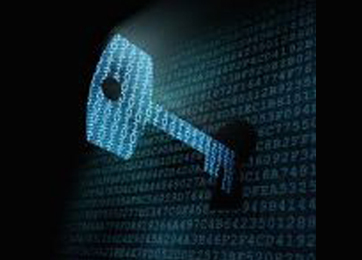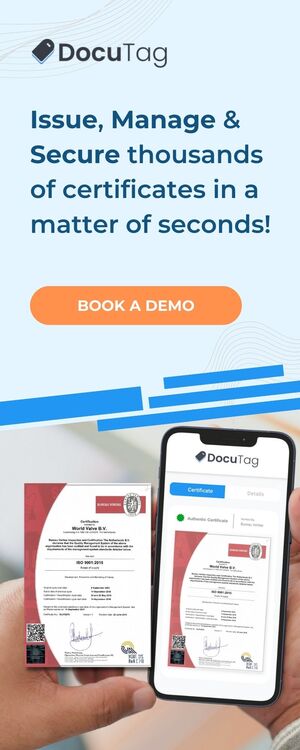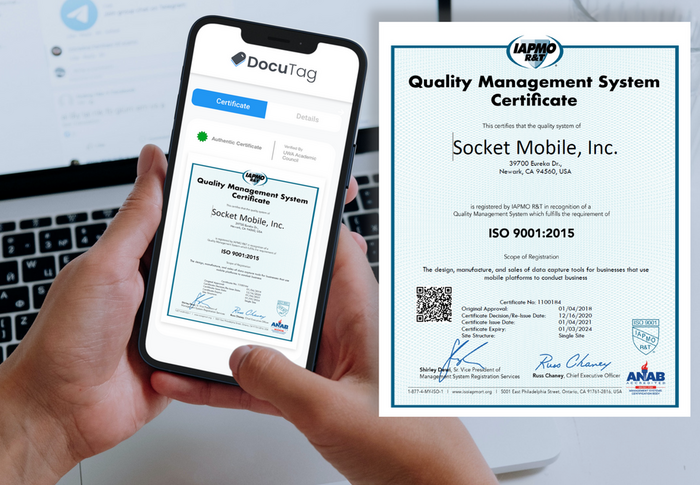Tech Talks: Encryption, Hashing & Signing Concepts
In recent years, data security and integrity has become a current society matter. More and more companies use cryptography to comply with privacy laws such as the GDPR. In this article, we want to focus on the ways of ensuring data protection using cryptography and in particular the encryption, hashing and signing concepts and their differences.
Encryption
Encryption can be described as a way to encode a piece of data that can be accessed by the allowed parties only. People use it on a daily basis through mobile applications for example. One of the most famous use cases is the messaging application Telegram.
There are two types of encryption: asymmetric and symmetric.
- Symmetric encryption
Symmetric encryption is the simplest type of encryption as it requires to have a private key only. The sender will encrypt the information thanks to a private key. In order to decrypt the information, the receiver will have to use the same private key. Thus, both the sender and the receiver have to possess the same key in order to access the information.

Source: https://www.sciencedirect.com/science/article/pii/S0268401217303195
- Asymmetric encryption
Anyone with the right private key can decrypt data encoded with symmetric encryption. On the contrary, asymmetric encryption is considered to be more secure as it is based on the combination of a private key and a public key that are mathematically linked to decrypt the information. The sender will encrypt data with a public key that is available for anyone and that can be passed over the Internet. However, the receiver will have to decrypt data with a secret private key if they want to make the information accessible. As SSL2buy wrote, it is important to state that “a message that is encrypted using a public key can only be decrypted using a private key, while also, a message encrypted using a private key can be decrypted using a public key”.

Source: https://www.sciencedirect.com/science/article/pii/S0268401217303195
Hashing
When transferring files, hashing is a function used to make sure all the data is sent correctly. This verification tool allows the sender to know that the transfer is successful and includes all the data in the correct order. In cryptography, hashing is used to ensure the integrity of the data because a hash is always unpredictable and irreversible. Senders will use a hashing algorithm – also known as hashing function – to encrypt data. The hashing function will then generate a hash. We call a “hash” a shortened value that represents an original piece of data. Thus, the hashing function is a one-way type of cryptography.

Source: https://www.sciencedirect.com/science/article/pii/S0268401217303195
Signing
The signing process is based on digital signatures. Digital signatures are the numeric equivalent of traditional signatures and are made to authenticate a message and its sender. It is the guarantee of the integrity of a piece of data as it ensures its origin, status and that the data hasn’t been tampered. Signing is mainly used in asymmetric encryption.

Source: https://comodosslstore.com/blog/what-is-digital-signature-how-does-it-work.html
Thus, these three concepts offer further data security, integrity, and protection. They were created to enhance information privacy in a more and more digitalized world where data leaking has become a common issue. It is important to grasp the differences between these three concepts to deter any type of manipulation and make sure valuable data stay private.
®“LuxTag”, Trademark registered.



